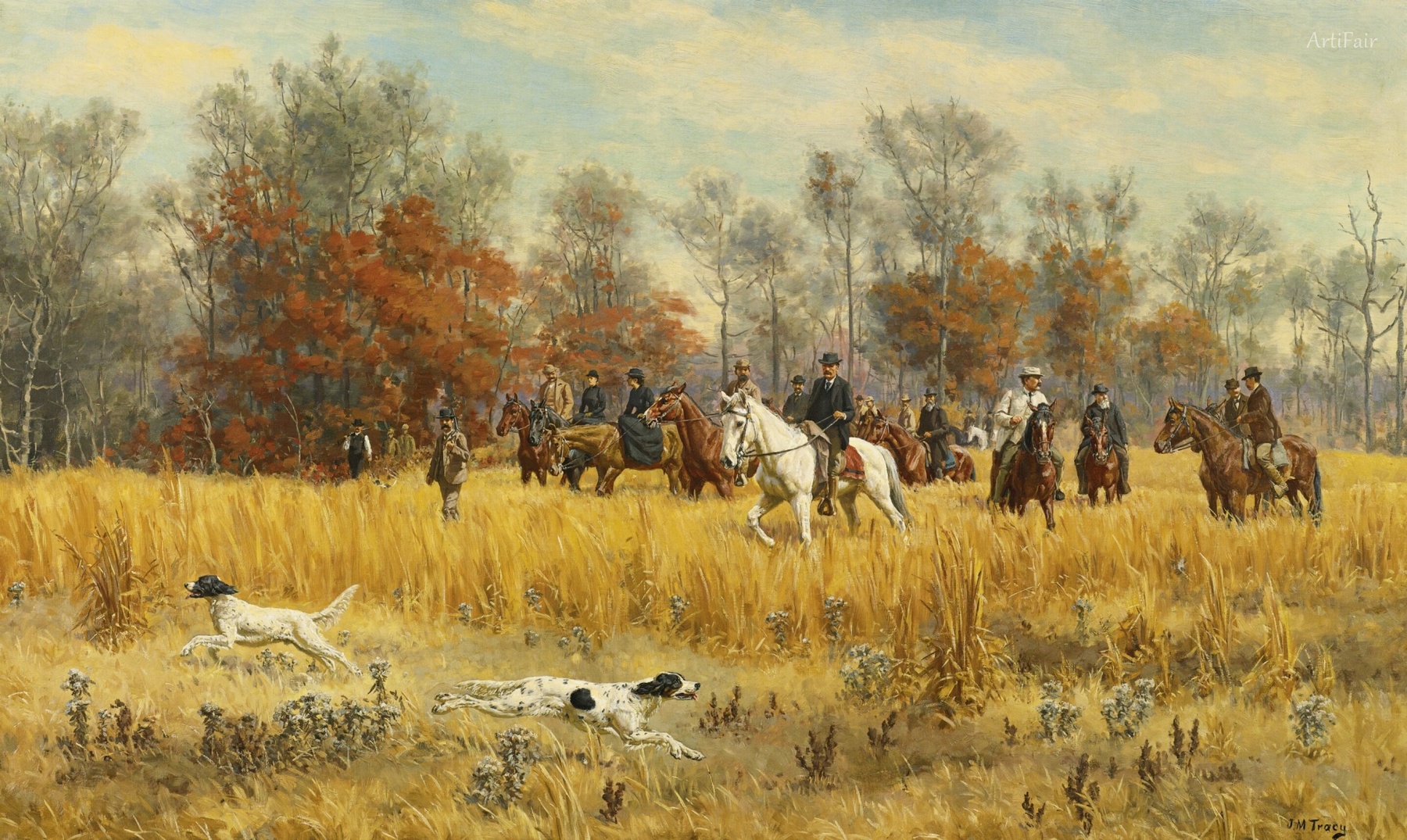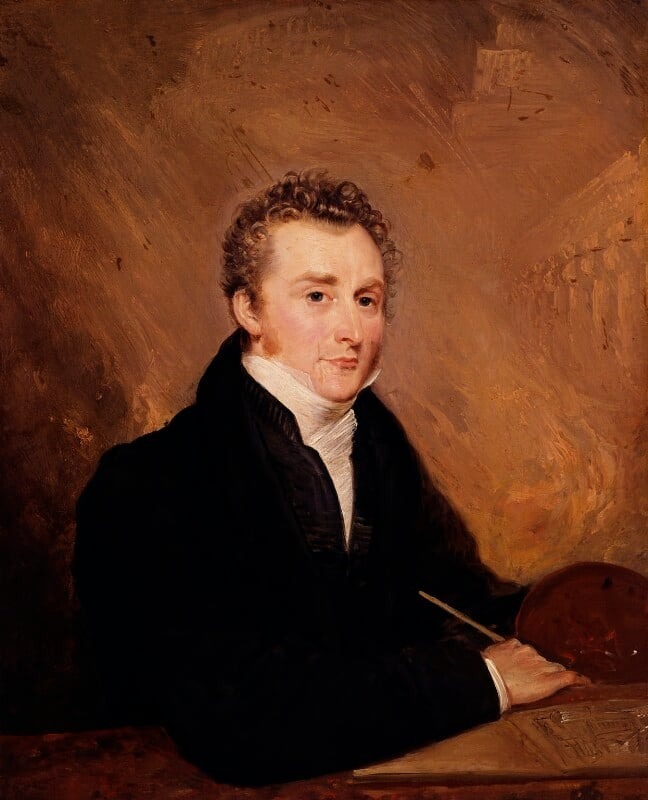

John Martin
GB
47
Artworks
1789 - 1854
Lifespan
Artist Biography
John Martin (1789–1854) was a pivotal English Romantic painter, engraver, and illustrator, renowned for his vast, dramatic canvases depicting religious cataclysms and fantastical scenes. Born on July 19, 1789, in Haydon Bridge, Northumberland, Martin was the fourth son of Fenwick Martin, a former fencing master. His early artistic inclinations led him to an apprenticeship with a coachbuilder in Newcastle to learn heraldic painting. However, a wage dispute curtailed this, and he was instead placed under the tutelage of Boniface Musso, an Italian artist. In 1806, Martin moved to London with Musso, where, at nineteen, he married Susan Garrett. He initially supported himself through drawing lessons and painting on china and glass, dedicating his leisure hours to studying perspective and architecture, skills that would become hallmarks of his later work. His family life was notable, with brothers including William, an inventor, and Jonathan, whose act of arson at York Minster in 1829 earned him the moniker "Mad Martin," a label sometimes mistakenly applied to the artist himself.
Martin's artistic career began to gain momentum as he supplemented his income with sepia watercolours. His first oil painting submitted to the Royal Academy in 1810 was initially rejected, but it was accepted and hung the following year as *A Landscape Composition*. He soon transitioned to producing large-scale oil paintings, favouring grand biblical themes inspired by the Old Testament and sublime landscapes that echoed the ruggedness of his native Northumberland. The Regency era's fashion for such 'sublime' art provided a fertile ground for his ambitions. A significant breakthrough came in 1812 when his painting *Sadak in Search of the Waters of Oblivion* was purchased by William Manning MP, propelling his career forward. Despite personal tragedies, including the deaths of several close family members in a single year, and distractions from his inventor brother, Martin, profoundly influenced by John Milton, persisted with his grand themes. His 1816 painting, *Joshua Commanding the Sun to Stand Still upon Gibeon*, garnered widespread public acclaim, and the sale of *The Fall of Babylon* in 1818 for a substantial sum allowed him to clear his debts and establish a home in Marylebone, bringing him into contact with London's intellectual and artistic elite.
The zenith of Martin’s popularity was perhaps marked by *Belshazzar's Feast* (1820), a work that drew thousands of viewers and solidified his reputation, with Thomas Lawrence dubbing him "the most popular painter of his day." His signature style involved colossal, awe-inspiring landscapes and architectural settings, often featuring dramatic celestial events and minute human figures dwarfed by the scale of their surroundings, creating a sense of the sublime and the apocalyptic. Martin was also a highly skilled mezzotint engraver, deriving significant income from prints of his paintings. His illustrations for Milton's *Paradise Lost* (commissioned 1823) are considered definitive. While his large paintings were connected to contemporary dioramas and panoramas, and he is seen as a forerunner to epic cinema, this association sometimes detracted from his standing in the serious art world. Personally, Martin was a devout Christian with an interest in natural religion, deism, and even early evolutionary ideas. He was respected by royalty, becoming historical painter to Prince Leopold of Saxe-Coburg and receiving the Order of Leopold.
Despite his immense public success, Martin faced criticism from figures like John Ruskin, who found his work sensationalist. His artistic output temporarily waned around 1827 as he became deeply involved in ambitious engineering projects. Driven by a desire to improve London's urban environment, he developed visionary plans for the city's water supply, sewage systems (including the Thames Embankment), docks, and railways. Though many of his schemes were not realized in his lifetime, they often formed the basis for later successful projects, such as Joseph Bazalgette's sewer system. The late 1830s were a difficult period, marked by financial strain and depression, exacerbated by family troubles including his nephew's suicide. However, Martin's fortunes recovered in the 1840s, and he returned to exhibiting with renewed vigour, continuing to produce significant works.
In his final years, John Martin embarked on a monumental trilogy: *The Last Judgment*, *The Great Day of His Wrath*, and *The Plains of Heaven*, completed in 1853 just before a stroke paralyzed his right side. He passed away on February 17, 1854, in Douglas, Isle of Man. While his fame declined posthumously for a period, his work was rediscovered and re-evaluated in the 20th century. Martin's legacy is substantial; his dramatic, imaginative visions influenced not only fellow artists like Thomas Cole and the Pre-Raphaelites but also writers such as the Brontë sisters, and generations of filmmakers from D.W. Griffith to George Lucas. His engineering foresight also eventually contributed to London's development. Today, his works are held in major collections worldwide, and his "Apocalypse" exhibition in 2011-12 reaffirmed his status as a unique and powerful figure in British art.